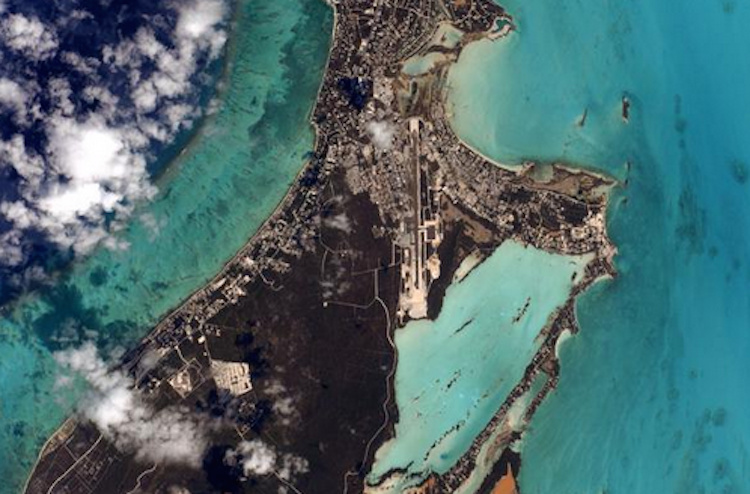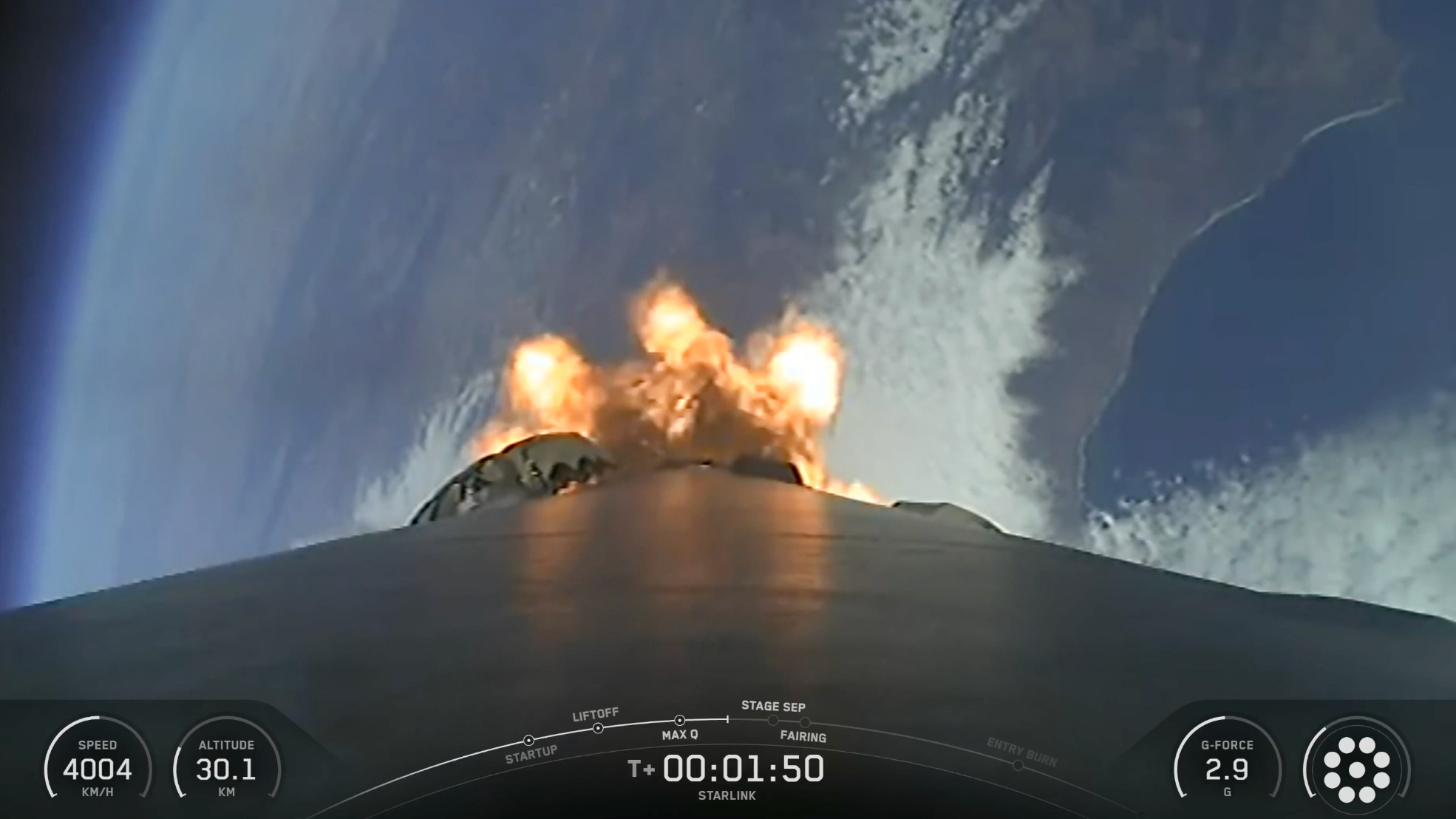Play Astronaut Scott Kelly's Space Pic Geography Game

You might know what Earth looks like on the ground, but how good are you at identifying terrestrial locations from above?
Astronaut Scott Kelly, who recently arrived at the International Space Station for a one-year stay, has kicked off a weekly geography game on Twitter. Kelly will tweet photos of locations on Earth as seen from space, and players must identify them correctly to win. Below is the first quiz photo, posted yesterday.
Each week, the first person to correctly identify the location in the photo via Twitter will win a copy of the picture signed by Kelly. To play, keep an eye on Kelly's Twitter account every Wednesday, and look for the hashtag #SpaceGeo. [Earth from Space: Amazing Astronaut Photos]
More information about the contest can be found here. Kelly will continue the #SpaceGeo game for the entirety of the one-year mission. Winners will receive their signed photographs after Kelly returns to Earth in March 2016.
Astronaut Terry Virts has started a similar game, asking people on Twitter to identify American baseball stadiums based on photos he takes from the orbiting outpost.
The International Space Station orbits 220 miles (354 km) above the Earth's surface, and travels at 17,500 mph (28,200 km/h). At this incredible speed, the station circles the planet more than a dozen times per day. With the rise of low-cost, lightweight cameras, photographing Earth from space has become a common activity among astronauts.
Along with cosmonaut Mikhail Kornienko, Kelly will spend just less than a year aboard the space station — the longest that any astronauts have consecutively lived on the orbiting outpost (they are not the first humans to spend a year in space, however). The one-year mission is designed to test the effects of long-term spaceflight on humans, which could affect the feasibility of a crewed mission to Mars or other distant locations.
Breaking space news, the latest updates on rocket launches, skywatching events and more!
Follow Calla Cofield @callacofield. Follow us @Spacedotcom, Facebook and Google+. Original article on Space.com.
Join our Space Forums to keep talking space on the latest missions, night sky and more! And if you have a news tip, correction or comment, let us know at: community@space.com.

Calla Cofield joined Space.com's crew in October 2014. She enjoys writing about black holes, exploding stars, ripples in space-time, science in comic books, and all the mysteries of the cosmos. Prior to joining Space.com Calla worked as a freelance writer, with her work appearing in APS News, Symmetry magazine, Scientific American, Nature News, Physics World, and others. From 2010 to 2014 she was a producer for The Physics Central Podcast. Previously, Calla worked at the American Museum of Natural History in New York City (hands down the best office building ever) and SLAC National Accelerator Laboratory in California. Calla studied physics at the University of Massachusetts, Amherst and is originally from Sandy, Utah. In 2018, Calla left Space.com to join NASA's Jet Propulsion Laboratory media team where she oversees astronomy, physics, exoplanets and the Cold Atom Lab mission. She has been underground at three of the largest particle accelerators in the world and would really like to know what the heck dark matter is. Contact Calla via: E-Mail – Twitter
